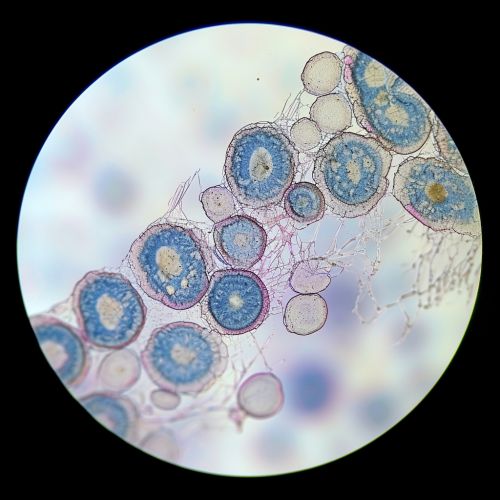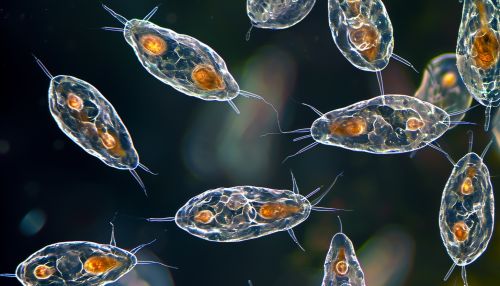Heterolobosea
Classification and Characteristics
Heterolobosea is a class within the phylum Percolozoa, which is a group of eukaryotic organisms. This class is characterized by its amoeboid and flagellated stages, which are part of its life cycle. The amoeboid stage is typically associated with feeding and growth, while the flagellated stage is often related to dispersal and mating.


The Heterolobosea class contains several genera, including Naegleria, Acrasis, and Vahlkampfia. These genera are distinguished by their unique morphological characteristics and life cycles. For example, Naegleria is known for its ability to transform from an amoeboid stage to a flagellated stage in response to environmental changes.
Life Cycle and Reproduction
The life cycle of Heterolobosea is complex and involves several stages. The amoeboid stage is the most common and is characterized by the presence of pseudopodia, which are extensions of the cell that aid in movement and feeding. During this stage, the organism feeds on bacteria and other small particles in its environment.
In response to certain environmental cues, such as a lack of food or changes in temperature, Heterolobosea can transform into a flagellated stage. This stage is characterized by the presence of one or two flagella, which are whip-like structures that aid in movement. The flagellated stage is often associated with dispersal and mating.
In addition to these two stages, some species of Heterolobosea can also form cysts. These are dormant stages that are resistant to harsh environmental conditions. Cysts can remain dormant for extended periods of time and then return to the amoeboid stage when conditions become favorable.
Reproduction in Heterolobosea is typically asexual and involves binary fission, where the organism divides into two identical daughter cells. However, sexual reproduction has also been observed in some species, typically involving the fusion of two flagellated cells.
Ecology and Distribution
Heterolobosea are found in a wide range of environments, including soil, freshwater, and marine environments. They are also found in extreme environments, such as hot springs and salt lakes. These organisms play an important role in nutrient cycling and decomposition in these environments.
In terms of distribution, Heterolobosea are found worldwide. They are most abundant in moist environments, where they feed on bacteria and other small particles. Despite their wide distribution, little is known about the specific ecological roles of different species within this class.
Medical and Economic Importance
Some species of Heterolobosea, particularly those in the genus Naegleria, are of medical importance. For example, Naegleria fowleri is a pathogenic species that can cause primary amoebic meningoencephalitis (PAM), a rare and often fatal brain infection. This organism is typically found in warm freshwater environments, such as hot springs and warm lakes.
In terms of economic importance, Heterolobosea are generally not considered to be of significant economic value. However, they can have indirect economic impacts through their role in nutrient cycling and decomposition, which can influence soil fertility and crop production.
Research and Future Directions
Despite their ecological and medical importance, Heterolobosea remain relatively understudied. Future research is needed to better understand the diversity, ecology, and life cycles of these organisms. In particular, studies are needed to elucidate the mechanisms underlying their ability to transform between different life stages and to survive in extreme environments.
In addition, there is a need for more research on the pathogenic species within this class, particularly in relation to their epidemiology and pathogenesis. This could lead to the development of new strategies for the prevention and treatment of diseases caused by these organisms.
